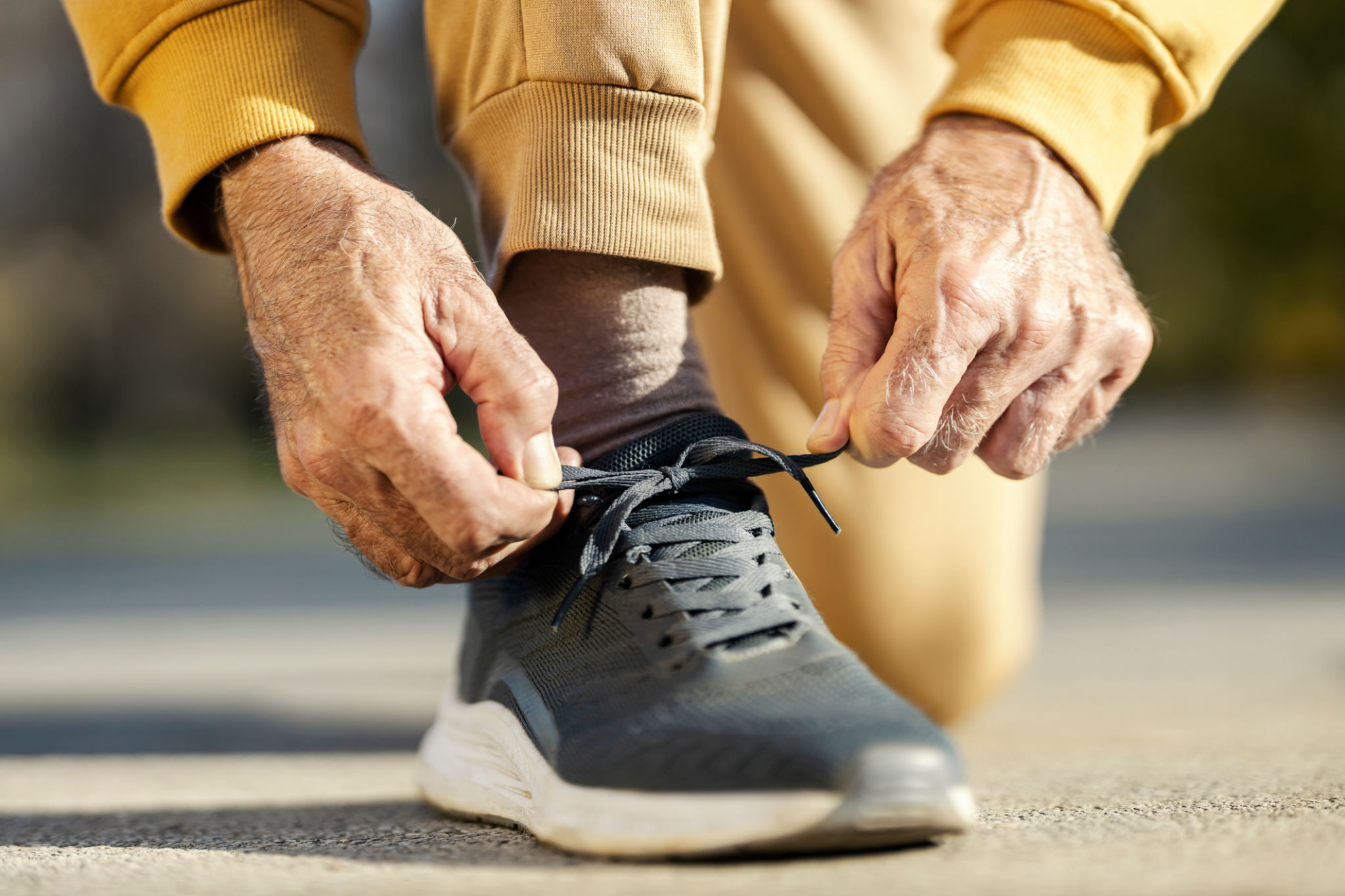Myth-Busting: Common Misconceptions About Fitness Solutions for Older Adults
Introduction to Fitness Solutions for Older Adults
As we age, staying active becomes crucial for maintaining health and quality of life. Yet, there are many misconceptions surrounding fitness for older adults. These myths can discourage people from engaging in physical activities that are both safe and beneficial. In this post, we will debunk some common misconceptions about fitness solutions for older adults and offer insights into how they can lead healthier, more active lives.

Myth 1: Exercise is Dangerous for Older Adults
One of the most pervasive myths is that exercise is inherently dangerous for older adults. In reality, with proper guidance and modifications, most older adults can safely participate in a variety of physical activities. Exercise can actually reduce the risk of chronic illnesses, improve balance, and enhance overall well-being. It is important to consult with healthcare providers to tailor a fitness plan that suits individual health conditions.
Safe Exercise Practices
Older adults should focus on exercises that improve balance, strength, and flexibility. Activities like walking, swimming, and yoga are excellent choices. It's essential to start slow and gradually increase intensity to prevent injury. Using proper equipment and ensuring a safe environment can further minimize risks.
Myth 2: Strength Training is Only for the Young
Many believe that strength training is only suitable for younger individuals. However, research shows that strength training offers significant benefits for older adults, including increased muscle mass, improved bone density, and enhanced metabolic function. Incorporating resistance exercises into a fitness routine can help maintain independence and vitality.

Getting Started with Strength Training
Older adults interested in strength training should consider starting with bodyweight exercises or using resistance bands before progressing to weights. It is advisable to work with a qualified trainer who can demonstrate proper form and technique to ensure safety and effectiveness.
Myth 3: Cardio is Not Necessary for Older Adults
Another misconception is that cardiovascular exercise is not necessary or beneficial for older adults. On the contrary, cardio activities like walking, cycling, and swimming can improve heart health, boost mood, and increase stamina. The key is to engage in moderate-intensity activities that are enjoyable and sustainable.
Incorporating Cardio into Daily Life
Finding ways to include cardio in daily routines can be simple. Walking with friends, dancing to favorite tunes, or gardening are excellent ways to keep the heart pumping without feeling like exercise. Consistency is more important than intensity in building cardiovascular fitness.

Myth 4: Flexibility Declines Irreversibly with Age
While it's true that flexibility can decrease with age, it is not irreversible. Regular stretching exercises can help maintain and even improve flexibility over time. Activities such as yoga and tai chi are particularly beneficial for enhancing flexibility while also promoting relaxation and mental well-being.
Benefits of Enhanced Flexibility
Improved flexibility can lead to better posture, reduced risk of injury, and increased range of motion. Incorporating stretching routines into daily activities can make a significant difference in overall physical health.
Conclusion: Embracing a Balanced Fitness Routine
Busting these myths reveals that fitness solutions for older adults are not only viable but essential for maintaining health and independence. A balanced routine incorporating strength, cardio, and flexibility exercises can contribute significantly to the well-being of older adults. Remember, it is never too late to start a fitness journey designed to enhance quality of life.
By understanding these facts and approaching fitness with an open mind, older adults can enjoy the myriad benefits that come with staying active. Always consult healthcare professionals before starting any new fitness program to ensure it meets individual health needs.
